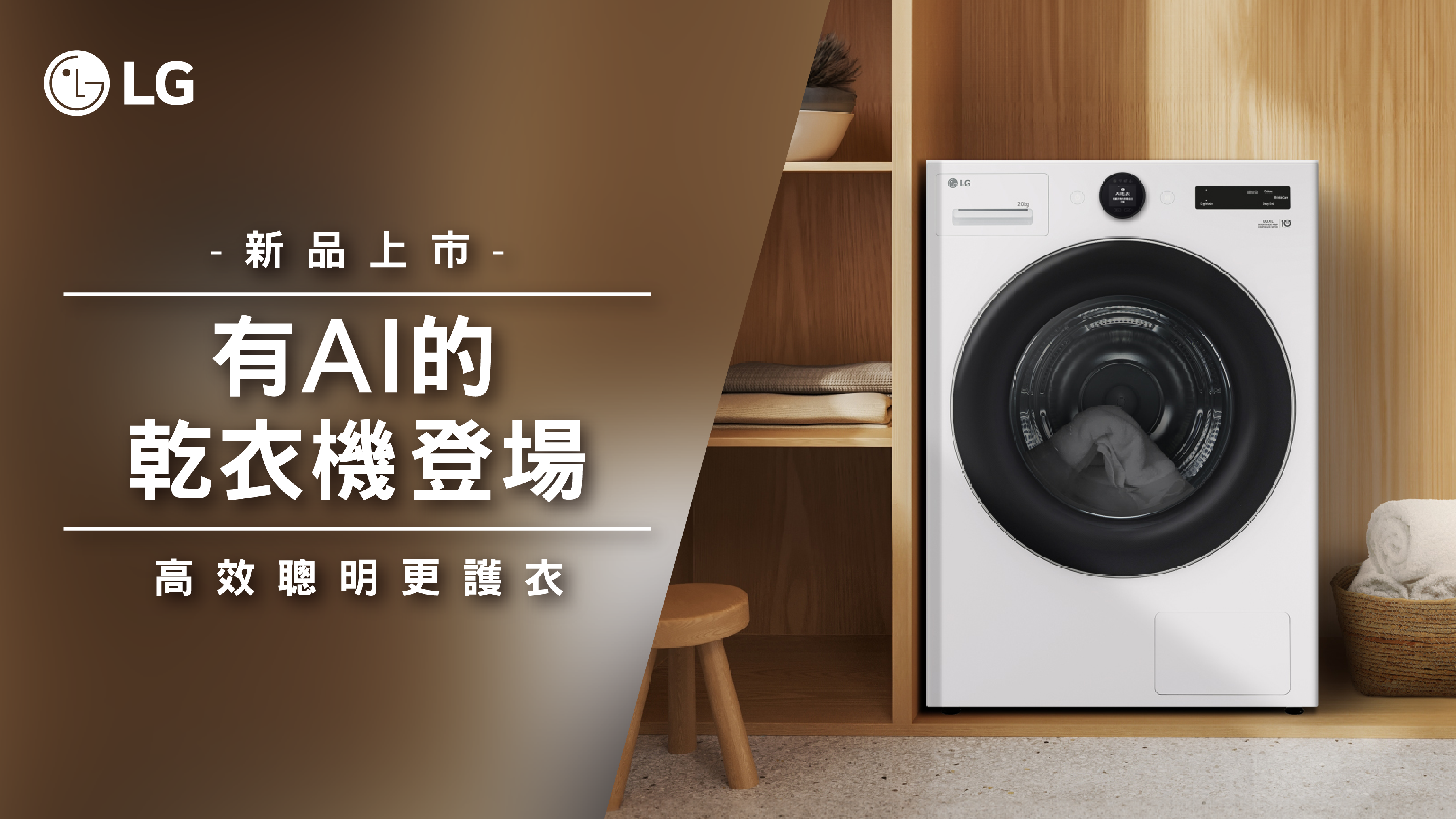【聯合報/By MARK SCOTT/任中原譯】
Europe’s Smart Cities Look for the Payoff
BARCELONA, Spain — The streets here offer a glimpse of the future . Alongside the city’s renowned architecture and pristine sandy beaches, sensors attached to trash cans now alert workers when they need to be emptied.
The irrigation systems in parks monitor soil moisture and turn on sprinklers when water is needed. And drivers can use a smartphone application to find the nearest available parking spot.
“It’s crucial that these new technologies are useful to our citizens,” Xavier Trias, Barcelona’s mayor, said. “It’s an important change. We have to create a sustainable system.”
Barcelona is among a number of European cities adopting new forms of technology aimed at improving services. More important, the investments, including neighborhoodwide high-speed Internet connections and electricity charge points for cars and motorbikes, offer ways to cut energy use and generate income.
The push mirrors efforts in cities including San Francisco and Boston, which have spent millions of dollars to upgrade their infrastructure. Other projects have appeared elsewhere, notably Masdar City, a planned hightech habitat in Abu Dhabi.
Yet analysts say Europe, despite being hard hit by the financial crisis — and in part because of it — remains a step ahead in creating so-called smart cities that combine traditional services like electricity networks with 21st-century technology like Internet-connected appliances.
Many of the Continent’s governments have shifted from an emphasis on big renewable energy projects to saving money, while enlisting the private sector and exploiting smartphones and tablets.
Mayors in places like Copenhagen and Hamburg hope to cut energy and water use by upgrading municipal services so they can monitor delivery and pinpoint where savings can be found.
In Barcelona, where the unemployment rate remains above 20 percent, the city expects to cut its water bill by 25 percent this year after installing sensors in local parks. The annual savings are expected to total almost $60 million.
“We were wasting a lot of water,” said Julia Lopez, coordinator of Barcelona’s smart city program. “We can now control the system directly from an iPad.”
The infrastructure upgrades have led to agreements between cities and technology companies, including IBM, Hewlett-Packard and General Electric. By deploying their technology in citywide pilot projects, these companies say they can test new services that might have global appeal.
Amsterdam has fostered partnerships among local businesses to take advantage of previous investments. Among them was Ajax, a soccer team, which paid a hospital to generate electricity for its matches by installing solar panels on the hospital roof.
In London, the start-up Citymapper created a smartphone application that helps people navigate the complicated bus and subway networks. Azmat Yusuf, the company’s founder, said that since Citymapper started in 2011, usage of London’s buses increased, creating additional revenue and cutting the number of cars on the streets. The app is now available in New York, Berlin and Paris.
Last year in Barcelona, Jaume Mayor created WeSmartPark, a service aimed at making it easier for drivers to find parking spaces. The system allows individuals to rent out their private parking spaces by installing sensors that record when they are available. The information is transmitted in real time over local mobile networks, and customers can book the spaces through a smartphone app.
So far, Mr. Mayor has signed up 1,500 parking spaces . He also has almost 100,000 users, or roughly 6 percent of Barcelona’s population.
He said, “We’re using the resources that we already have, but getting more use out of them.”
中譯
巴塞隆納的街道可讓我們一瞥未來。
沿著市內馳名的建築與純樸的沙灘,垃圾桶需要清空時桶上的感應器會提醒清運工人。公園內的灌溉系統能監測土壤的濕度,需要澆水時灑水器會自動打開。汽車駕駛人可以用智慧型手機的應用程式尋找最近的可用停車位。
巴塞隆納市長德里亞斯說;「這些新科技對我們的市民有幫助,這一點非常重要。這是一項重要改變。我們必須創造一套永續的系統。」
巴塞隆納是歐洲許多採用新科技以提升服務品質的城市之一。更重要的是這些投資,包括社區高速網路連結與汽機車充電站等,能節約能源並創造收入。
此一行動是效法洛杉磯、波士頓等城市,而這些城市已經投入數百萬美元來提升基礎設施。其他地方也有別的計畫,最有名的是阿布達比的馬斯達爾城,計畫成為高科技的棲息地。
但分析師表示,歐洲儘管遭到金融危機重創,但也正因為如此,在建立所謂「智慧城市」方面仍著先鞭,將電力網等傳統服務,與網路連結家電等21世紀的科技結合在一起。
歐陸許多國家的政府已將施政重點由大型的再生能源計畫,轉移到如何省錢;同時邀請民間部門加入,並充分利用智慧型手機與平板電腦。
哥本哈根與漢堡等地市長想要節能省水,方法是提升市府服務以便監視水電輸送,從而找出那些地方可以更省。
在失業率仍超過20%的巴塞隆納,公園全裝了感應器,今年應可省下25%水費;預估一年共可撙節近6千萬美元。
巴塞隆納智慧城市計畫總協調人羅培茲說:「我們過去浪費太多的水;現在可以用iPad直接控制灑水系統。」
基礎設施提升行動已讓各城市與科技業者達成協議,包括IBM、惠普及奇異等。這些公司表示,各城市多項示範計畫採用他們的科技,能讓他們測試這些或許可以推廣到全世界的新服務。
阿姆斯特丹已促使當地企業彼此結為夥伴,以共同利用既有的投資。其中之一是由Ajax足球隊付錢給一家醫院,在醫院屋頂上裝設太陽能板,生產球隊比賽時所須電力。
倫敦的創新企業城市地圖公司設計了一套手機應用程式,協助人們搭乘複雜的巴士及地鐵網。創辦人尤瑟夫表示,該公司2011年成立以來,倫敦的巴士使用量已提高,市府營收增加,也讓路上的車流減少。這套應用程式目前在紐約、柏林及巴黎也能使用。
去年在巴塞隆納市,馬約先生開創了一套「我們的智慧公園」服務,讓駕駛人更容易找到停車位。這套系統讓個人得以出租自己的停車位,方法是裝設感測器,記錄何時車位是空著的。資訊透過地區行動通訊網路即時傳送,用戶也能以手機應用程式預訂車位。
目前馬約已簽下1500個車位,並有近10萬名用戶,約占巴塞隆納人口的6%。
他說;「我們利用既有資源,發揮更大效用。」


 留言列表
留言列表


